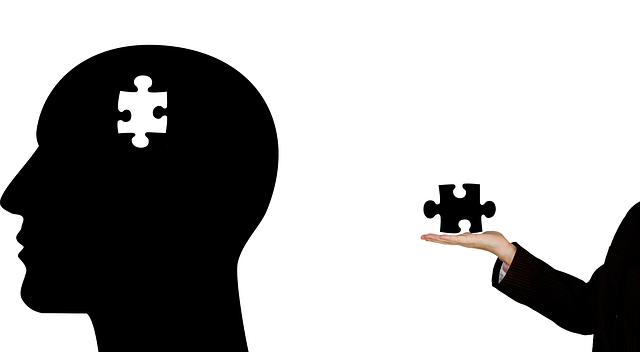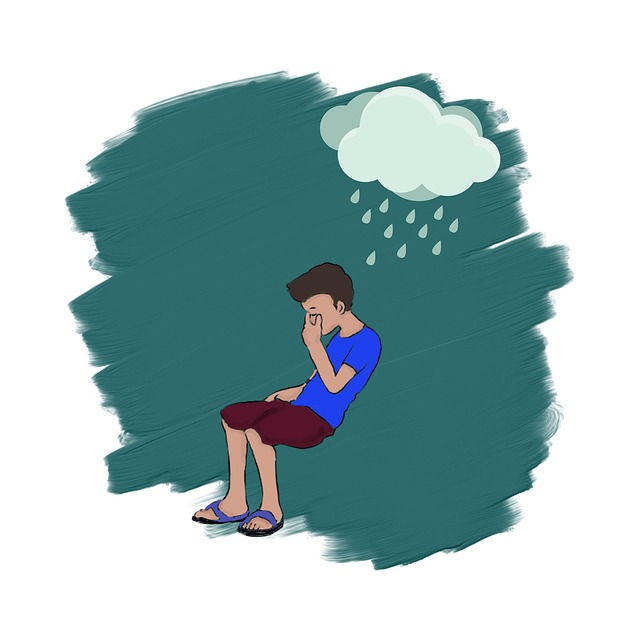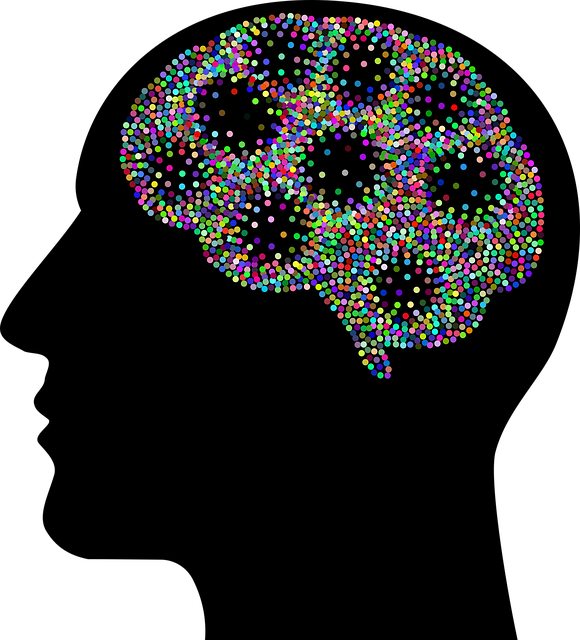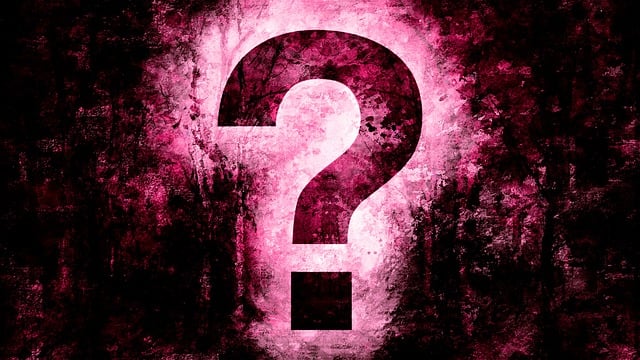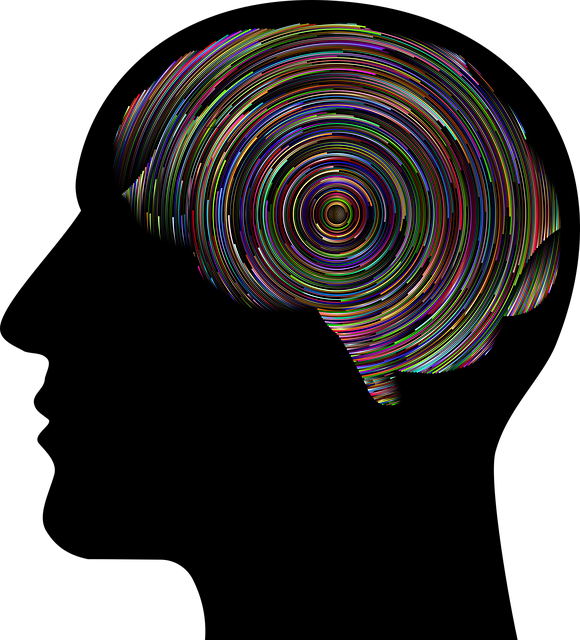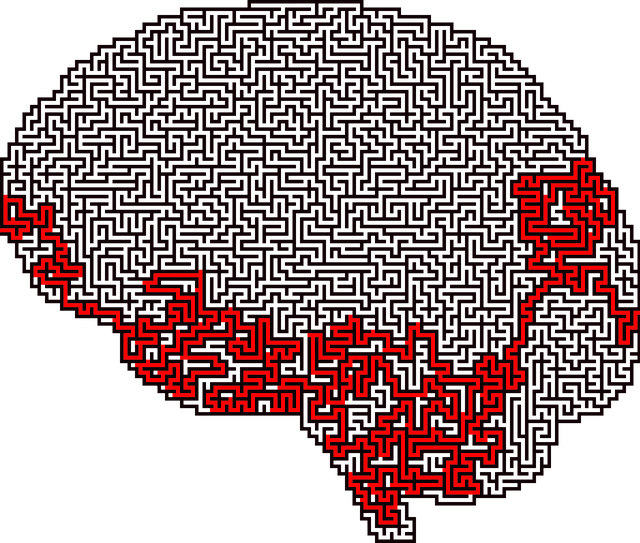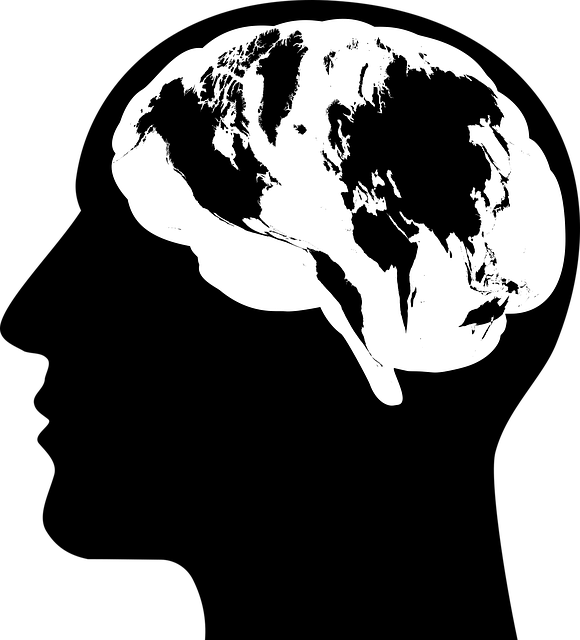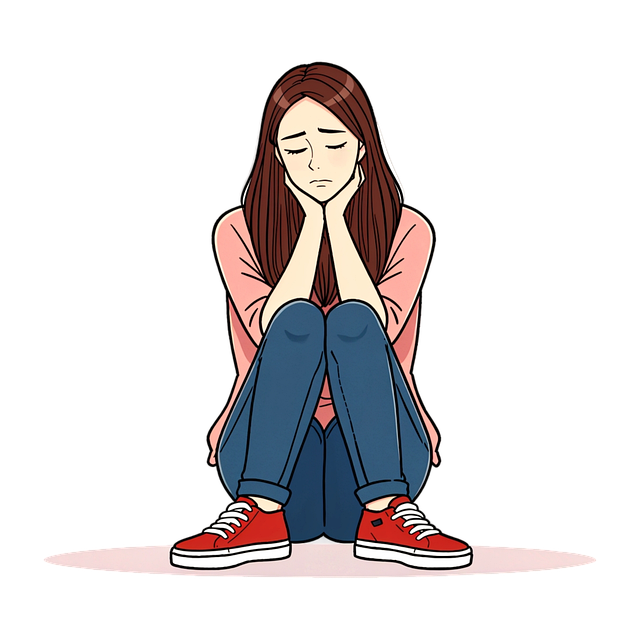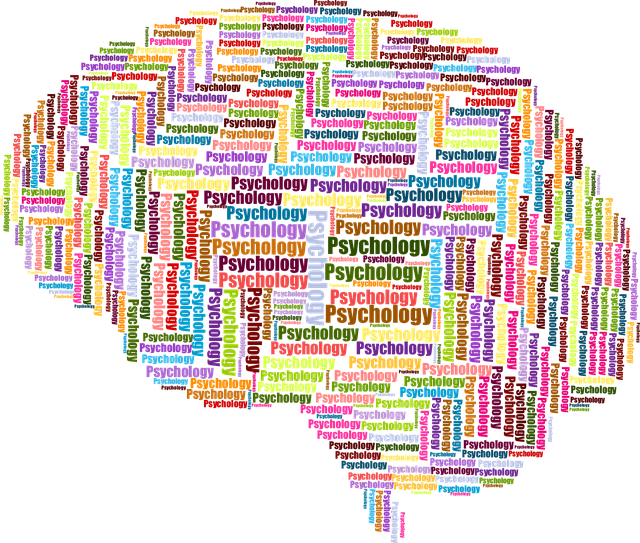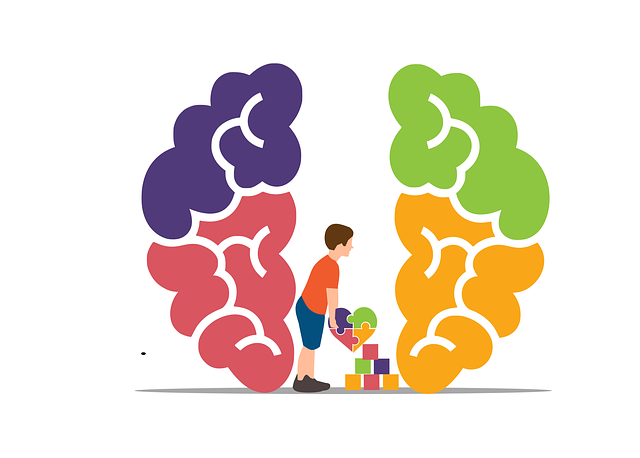The digital era demands accessible mental wellness solutions tailored to vulnerable populations like children and first responders. With rising youth mental health concerns, specialized therapy apps offer discrete support. These apps integrate risk assessment, cultural sensitivity, and evidence-based techniques to promote well-being. For children, key features include mental health awareness, crisis intervention, and interactive communication strategies. First responder apps focus on stress relief, mood tracking, and anonymous chat forums. Integrating CBT, mindfulness, and positive psychology empowers users through gamified activities. Strategic marketing emphasizes app privacy and security, targeting relevant online platforms for effective outreach.
In today’s fast-paced world, mental wellness apps are becoming indispensable tools for supporting children and first responders facing stress, anxiety, and emotional challenges. This article delves into the critical need for these applications, exploring tailored solutions for young users and frontline workers. We discuss key features, design considerations, evidence-based practices, marketing strategies, and privacy safeguards essential for effective therapy apps, focusing on both children’s mental health and first responders’ resilience.
- Understanding the Need for Mental Wellness Apps Targeting Children and First Responders
- Key Features of an Effective Therapy App for Kids
- Designing User-Friendly Interfaces for Stress Relief and Emotional Support
- Integrating Evidence-Based Practices and Therapeutic Techniques
- Marketing, Distribution, and Ensuring Privacy in Mental Health App Development
Understanding the Need for Mental Wellness Apps Targeting Children and First Responders

In today’s digital age, the demand for accessible mental wellness solutions is more pronounced than ever, especially when considering vulnerable populations such as children and first responders. The rise in mental health concerns among youth has led to a growing need for innovative approaches to therapy, tailored to their unique needs. Similarly, first responders—including police officers, firefighters, and paramedics—face significant psychological challenges due to the high-stress nature of their jobs, requiring specialized support.
Traditional therapy methods might not cater effectively to these groups, prompting the development of mental wellness apps designed to offer timely assistance. These digital tools can provide a discrete and convenient means of accessing therapeutic resources, particularly for children who may struggle with face-to-face sessions. First responders, too, can benefit from apps that incorporate risk assessment features, allowing for early identification of potential issues and the provision of targeted interventions. Additionally, cultural sensitivity in mental healthcare practice is crucial when developing such apps, ensuring they are inclusive and meet the diverse needs of different communities. Incorporating evidence-based emotional well-being promotion techniques within these applications can significantly contribute to the overall resilience and coping abilities of both children and first responders.
Key Features of an Effective Therapy App for Kids

When designing a therapy app for children, several key features stand out as essential for effectiveness. Firstly, mental health awareness should be seamlessly integrated into the app’s interface and content, normalizing discussions around emotions and mental well-being in a child-friendly manner. Features that offer crisis intervention guidance can empower both kids and their first responders to handle sudden emotional distress with tools like breathing exercises or calming activities.
Interactive elements that incorporate communication strategies can significantly enhance therapy. Games, stories, or interactive dialogues that teach children how to express their feelings, set boundaries, and communicate effectively with adults are invaluable. These features not only make therapy more engaging but also equip kids with practical skills to navigate their mental health journey outside of the app.
Designing User-Friendly Interfaces for Stress Relief and Emotional Support

In designing user-friendly interfaces for mental wellness apps, special consideration must be given to stress relief and emotional support features, especially when catering to vulnerable populations such as children and first responders. The app’s interface should be intuitive, simple, and accessible, prioritizing ease of use over complexity. Incorporating bright, calming colors, clean layouts, and engaging yet non-intrusive animations can significantly enhance user experience, making therapy for children more enjoyable and effective. For first responders dealing with trauma support services, a well-designed app interface can serve as a valuable tool in their emotional healing processes by offering quick access to coping mechanisms and mental health resources.
By integrating user-friendly features like customizable mood trackers, interactive guided meditations, and anonymous chat forums, mental wellness apps aim to facilitate burnout prevention among first responders. The interface should also support seamless communication with mental health professionals or peer support groups, ensuring users feel connected and supported in their emotional healing processes. Trauma support services can be effectively delivered through these platforms, promoting accessibility and privacy for those seeking assistance beyond traditional therapy settings.
Integrating Evidence-Based Practices and Therapeutic Techniques

In developing mental wellness apps, integrating evidence-based practices and therapeutic techniques is paramount. Apps tailored for therapy can leverage cognitive behavioral therapy (CBT), mindfulness exercises, and positive psychology to empower users in managing stress, anxiety, or trauma. Specifically, these interventions are beneficial for first responders who frequently encounter high-stress situations, requiring tools to foster inner strength development and mental health awareness. By combining evidence-based methods with engaging digital interfaces, developers can create accessible resources that support both personal growth and community outreach program implementation.
Targeting therapy for children and first responders, app designers should incorporate age-appropriate activities and coping mechanisms. This includes gamified elements to enhance engagement while teaching relaxation techniques, emotional regulation skills, and resilience. Such apps not only serve as valuable resources for individual users but also have the potential to contribute to broader mental health initiatives within communities by promoting early intervention and continuous support.
Marketing, Distribution, and Ensuring Privacy in Mental Health App Development

Marketing mental wellness apps to target audiences such as children and first responders requires a strategic approach. These groups often face unique challenges when it comes to mental health, so tailored messaging is crucial. Highlighting features that address specific needs—like social skills training for kids or crisis support for first responders—can effectively reach these users. Utilize online platforms frequented by your target audience, such as educational websites and professional networks for first responders, to spread awareness.
Distribution channels should prioritize privacy and security to build trust among users. Collaborate with app stores that offer robust safety measures and adhere to strict data protection regulations. Clearly communicate the app’s privacy policies, ensuring users understand how their information is handled. By prioritizing transparency and security, you can foster a sense of comfort and encourage open use, especially when addressing sensitive topics like depression prevention or coping skills development.
Mental wellness apps have the potential to revolutionize therapy for children and first responders by providing accessible, user-friendly tools for stress relief and emotional support. By integrating evidence-based practices and focusing on user experience, developers can create effective solutions that cater to the unique needs of these groups. With proper marketing, distribution, and privacy considerations, mental health app development can significantly impact the well-being of children and first responders worldwide.

